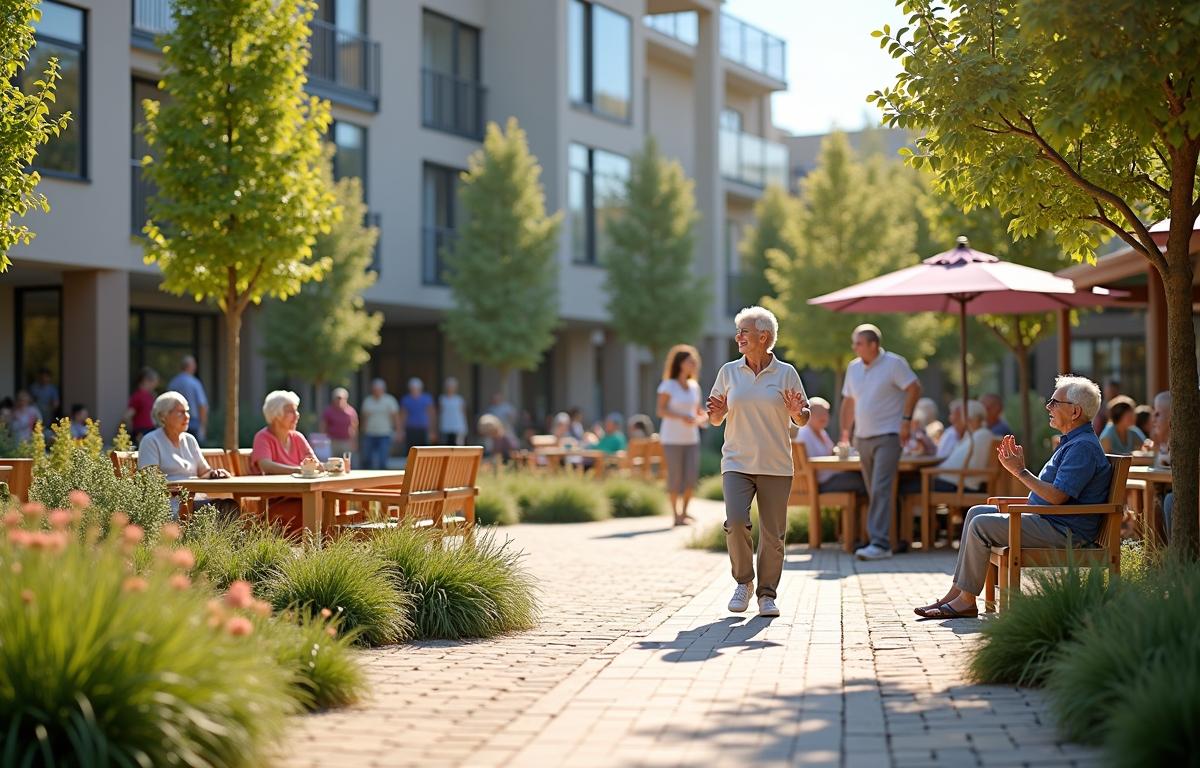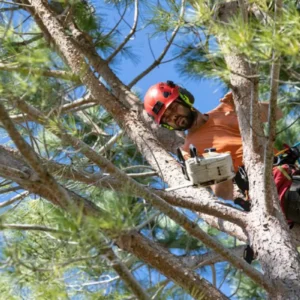In recent years, environments within senior living facilities emphasize community, engagement, and holistic well-being. Gone are the days of simply offering a bed and basic support. Today’s residents expect a lively social scene, opportunities for growth, and diverse programs that enhance their quality of life.
Contents
- 1 A Holistic Approach to Assisted Living
- 2 The Appeal of Independent Living and Active Adult Communities
- 3 Memory Care That Nurtures Connections
- 4 Skilled Nursing and Short-Term Rehabilitation
- 5 The Social Side of Retirement Communities
- 6 Exploring Other Senior Housing Options
- 7 The Evolving Role of Senior Health Services
A Holistic Approach to Assisted Living
Assisted living has grown beyond helping individuals with daily tasks like bathing and medication management. Many communities now emphasize mental stimulation, social gatherings, and unique therapies to promote both comfort and a fulfilling sense of purpose.
By integrating senior support services, residents receive attention tailored to their unique needs. Trained staff address physical, mental, and emotional aspects, ensuring every individual receives the best possible care. This inclusive perspective on residential care makes aging a phase of life that can be both enjoyable and enriching.
The Appeal of Independent Living and Active Adult Communities
Independent living communities cater to those who want to maintain an energetic lifestyle yet appreciate the convenience of having daily tasks handled by dedicated staff. These environments often include senior apartments, leaving older adults free from chores like lawn care or home repairs. Organized fitness sessions, hobby clubs, and shared dining experiences help spark new friendships.
Active adult communities offer similar perks, including maintenance-free living and abundant recreation. Whether it’s a group outing to local attractions or simply having neighbors nearby for conversation, congregate living fosters connections while preserving personal space. Life plan communities also enable individuals to move through different levels of care, so they stay within the same network as their health needs evolve.
Memory Care That Nurtures Connections
Memory care programs deliver specialized support for individuals facing Alzheimer’s, dementia, or other cognitive challenges. Structured routines, tailored therapies, and compassionate staff help residents feel both safe and engaged throughout the day. Group activities encourage social interaction, which often alleviates feelings of confusion or isolation.
Paired with geriatric care, memory care offers a comforting environment for those requiring extra attentiveness. Families appreciate knowing their loved ones receive professional support in maintaining dignity and self-worth. By centering on each resident’s strengths, these programs help individuals form meaningful bonds during every stage of memory loss.
Skilled Nursing and Short-Term Rehabilitation
Skilled nursing facilities serve people in need of comprehensive medical oversight, whether it’s after surgery or while managing chronic health issues. Around-the-clock monitoring often places these settings in the realm of nursing homes, where healthcare teams collaborate to formulate personalized treatment regimens. Short-term rehabilitation options provide structured programs designed to restore mobility or independence, allowing older adults to return home or transition to another level of care.
In many healthcare facilities, coordinated group activities, from simple exercise classes to coffee socials, foster a supportive atmosphere. Such engagement aids recovery and prevents boredom by keeping individuals socially active. With a focus on clinical expertise and emotional balance, skilled nursing blends health supervision with communal belonging.
The Social Side of Retirement Communities
Retirement communities today go well beyond providing consistent care. They frequently host cultural events, wellness seminars, and group excursions to local museums or theaters, igniting a spark of excitement among the residents. Socialization opportunities abound, whether it’s through game nights, holiday celebrations, or clubs centered on gardening and crafts.
Continuing care retirement communities reflect this spirit of connection by guiding residents seamlessly from more independent living to long-term care if needed. Rather than leaving a familiar environment when health conditions shift, seniors can remain close to friends and neighbors. Extra resident services, such as transportation or housekeeping, are built into these communities to give older adults peace of mind.
Exploring Other Senior Housing Options
Senior housing options now stretch far beyond the usual images of retirement homes. Adult day care programs deliver daytime care for older adults who need supervision or medical services. These programs grant respite to primary caregivers while ensuring their loved ones engage in meaningful activities like crafts, music therapy, or gentle exercise.
Age-restricted communities also appeal to those who prefer living among peers who share similar life stages. These settings often feature communal dining rooms, leisure spaces, and daily social happenings. Supportive living environments ensure that individuals have help with meal preparation, medication reminders, or scheduled outings, making each day feel purposeful.
Recreational Activities That Foster Growth
Community-based fitness classes, creative writing circles, and volunteer projects offer countless possibilities for personal development. Individuals find fulfillment in honing old hobbies or trying out new ones they never considered before. Activities like group painting sessions nurture creativity, while tai chi or yoga classes improve vitality and balance, leading to higher overall satisfaction.
The Evolving Role of Senior Health Services
Senior health services increasingly revolve around preventive measures and personalized care. Telemedicine, nutritional support, and regular health checks are woven into daily routines, ensuring that aging adults stay on top of potential issues. This proactive stance, combined with thorough elder care strategies, addresses multiple facets of well-being.
By blending medical, emotional, and social elements, care teams craft individualized health plans. Specialists in geriatric care often collaborate with therapists, psychologists, and nutritionists, guaranteeing well-rounded attention. Seniors gain confidence from knowing they have a team dedicated to helping them preserve a rich and fulfilling life.
Personalized Approaches for Long-Term Wellness
Supporting older adults through a combination of fitness guidance, social connections, and healthcare oversight has become standard practice in many care homes. By promoting gentle exercise routines, mental health support, and nutritious meal plans, these communities tackle aging from multiple angles. This cohesive method often results in fewer hospital stays and boosts overall happiness.
Skilled teams emphasize each resident’s abilities and preferences rather than focusing on limitations. Whether it’s hosting gardening sessions for those with green thumbs or offering pet therapy hours, the goal is to celebrate individuality. As a result, living spaces transform into hubs of warmth, activity, and genuine human connection.





